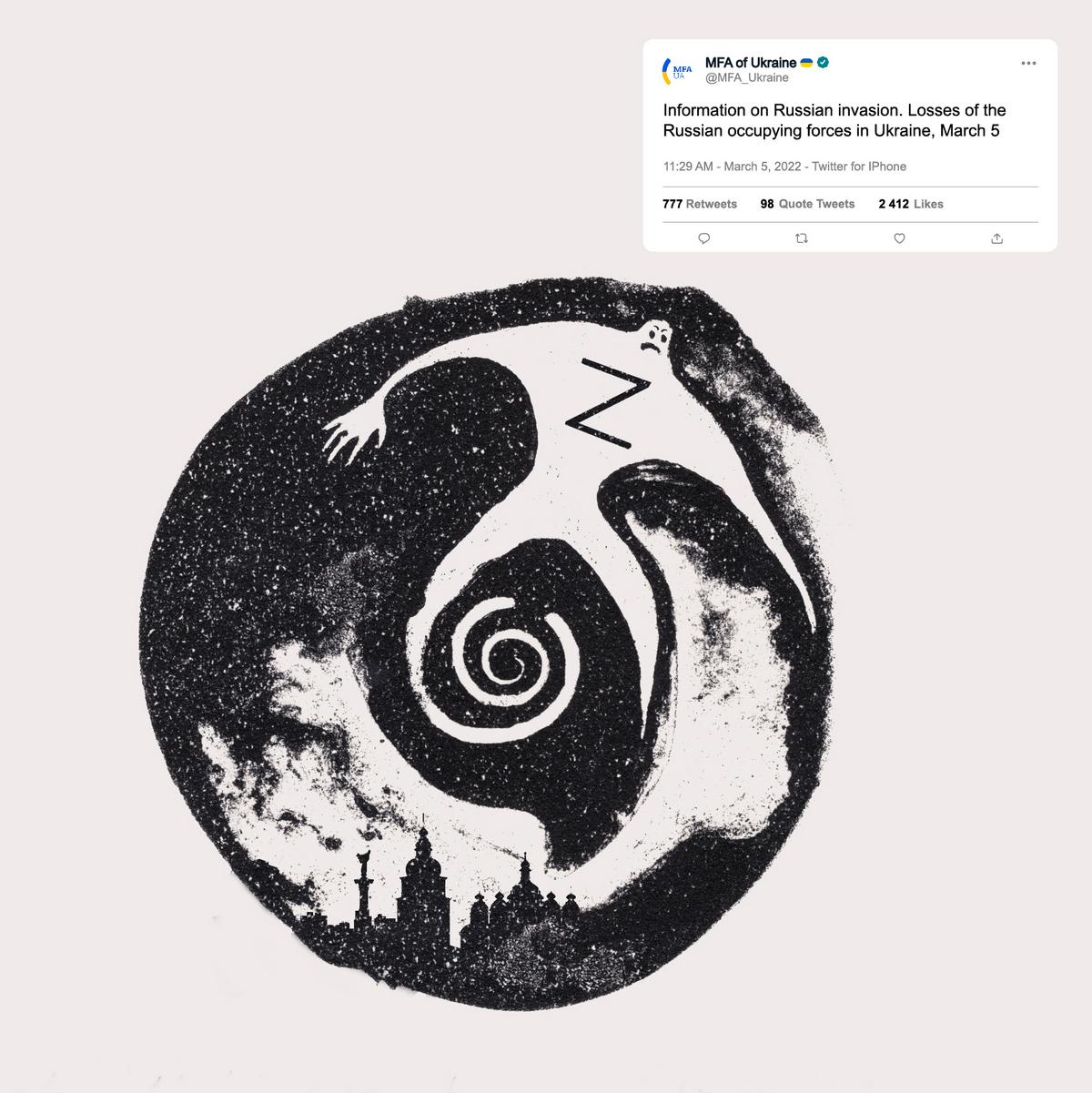
Decentralized blockchain technology has been around for a relatively short period of time, in the grand scheme of things, but its decentralized nature has the power to keep data and information out of the hands of censors looking to create a “safe” and “faultless” version of history.
Blockchain is permissionless and literally owned by no one. So, while we can’t save the Alexandria libraries of the past, we can make sure the future is well equipped with the tools necessary to preserve historical records.
Here we’ll look at some of the ways nonfungible tokens (NFT) and blockchain technology have been used for keeping archives, the potential downfalls of such technology, and what the future holds for blockchain-based storage systems.
NFTs and archives
While many current use cases surrounding NFTs deal with digital art, there is another side of nonfungible tokens that has only started to be explored.
Keeping an archive can be a costly and time-consuming endeavor, but NFTs can serve as a form of fundraising to support archival development.
For example, fashion designer Paco Rabanne is selling NFTs to fund his physical archive and support his brand name.
Furthermore, the technology itself can be used as means to store information.
Archangel, a test project of a “trusted archive of digital public records” at the Unversity of Surrey, has done just that. From 2017 to 2019, the university was able to create a test blockchain archive storage system that used distributed ledger technology (DLT) and NFTs and shifted “from an institutional underscoring of trust to a technological underscoring of trust.”
Cointelegraph reached out to Foteini Valeonti, a research fellow at University College London and founder of USEUM Collectibles — an organization advising museums, policymakers and cultural organizations on NFTs — to talk about the role of blockchain and NFTs in archives.
Valeonti said that blockchain technology can be a way for museums to “leverage their inherent capacity for provenance and metadata consolidation. So that, finally, each museum exhibit will only have one unique identifier across different institutions, projects and all kinds of different information systems.” It could be a way to track which museum owns what and who had it last.
Last year, the family of the Hobby Lobby empire was found to have hoarded 17,000 ancient Iraqi artifacts looted during the war. This breach of security of ancient artifacts shows that in times of war and instability, the right (or wrong) person can come and steal prized pieces of cultural identity.
The subsequent difficulties in repatriating the stolen artifacts highlight the problem of how cultural items are often poorly cataloged. Valeonti added:
“Keeping unique data for provenance’s sake could help resolve numerous information science challenges that the cultural heritage sector is currently facing.”
Preserving records of war
Digital media is vulnerable to propaganda that aims to shift blame and claim that certain events either happened or didn’t, while people fall into a rabbit hole of constant misinformation in the propogandists’ attempt to invalidate the experience of those living in war-torn regions.
In the case of the current conflict in Ukraine, there has been a huge shift in the way crypto and blockchain can be used to help preserve Ukrainian culture and record people’s experiences of the war.
The Meta History Museum is one decentralized project that is keeping real-time records of events from the ongoing war. First, they sell NFTs to raise money for war funds by showcasing Ukrainian artists around the world. Then, the money is used not only to fund data collecting but also to support Ukrainian forces. So far, the Meta History Museum has raised 270.37 Ether (ETH) or $611,953 at the time of writing.
The Meta History Museum collects tweeted events such as shellings or bombings from the war from Ukrainian state officials and international agencies such as the North Atlantic Treaty Organization or BBC News as a “place to keep the memory of war.” In support of the Meta History Museum’s efforts, Ukrainian Vice Prime Minister Mykhailo Fedorov tweeted, “While Russia uses tanks to destroy Ukraine, we rely on revolutionary blockchain tech.”

Preventing catastrophes
In wartime, it is essential to have systems in place to protect those in danger. One of these systems is the Hala Sentry system, designed to record immutable data on Ethereum of instances of airstrike alarms, bomb threats and events that could lead to the death of thousands and the destruction of entire cities.
It does this by providing “an interface to data from its sensors, human observers, and strategic partners, along with information from open media.” While this does have an aspect of using automated systems to record wartime history, this makes the data and airstrike records immutable. People can check and see what is happening at any given moment, even if news channels or people are blocking information about certain events.
The project has had a reasonable amount of success, too, as the Hala Sentry system stated that “according to a preliminary assessment, the system reduced the lethality of airstrikes by around 20–30 percent in areas under heavy bombardment in 2018.”
Is there a downside?
As a nascent technology, blockchain tech still suffers from some growing pains in terms of development (scalability is a major problem) as well as regulations surrounding the space.
As stated by Valeonti, “NFT technology is still in its infancy, especially when it comes to record-keeping.” She added that right now, most of the information that is available for data storage is kept partly in decentralized storages and partly in centralized servers. Archangel noted, “A centralized authority model simply doubles down on an institutional basis for trust.”
The adaptation of technology and Web3 must expand onward to ensure that it can handle the sheer amount of data and information that is necessary for decentralized archives to thrive. Blockchain is simply not there yet, according to Valeonti, and developing the tech needs to happen first before trusting barely used technology with priceless information.
In addition to trust, another aspect that puts blockchain technology at a disadvantage is more anthropologically driven mainly because copyright claims on artifacts hold a strong cultural presence over a museum’s use of an artifact.
According to a publication by the World Intellectual Property Organization, “Cultural institutions, including museums, libraries and archives, play an invaluable role in the preservation, safeguarding and promotion of collections of indigenous and traditional cultures, such as artifacts, photographs, sound recordings, films and manuscripts, among others, which document communities’ lives, cultural practices and knowledge systems.”
It is the job of these institutions, first, to protect the artifacts because it does not belong to them, and second, “for the collecting institution, membership records, Internet tracking data and other activities that gather personal information about patrons have to be managed in keeping with privacy legislative requirements,” as well as uphold a private agreement with the parties involved in any sense.
For example, the National Museum of the American Indian in Sutherland, Maryland offers private tours of its artifact collections but only showcases artifacts approved by the Native American tribes that allow the museum to store their people’s history.
Valeonti stated that “a decentralized storage solution that would automatically make all images and assets openly accessible to all would not be an option for the vast majority of museums, which have restrictive copyright policies either because there are other entities — e.g., artist estates — holding copyright onto their artifacts or because they are unable to make their artifacts available in open access — e.g., cannot afford to lose image licensing revenue.”
Another issue with using a blockchain-based decentralized storage system is one that many crypto hodlers can relate to: protecting private keys. Valeonti explained that a “critical barrier, in my view, is the inherent inflexibility of blockchain technology.”
“Unless one uses a centralized, custodial platform, if someone loses their passphrase, then all their assets are lost forever.”
As such, who gets to control the seed phrase? Who will be responsible for making sure the seed phrase is in the right hands? Valeonti further mentioned that “there has been research proposing potential solutions, but it may be a while before we see such inventions deployed live on leading blockchains.”
How to fix this for the better
However difficult the application could be, there are concrete ways to use blockchain, DLT and NFTs to protect data and archives.
Valeonti suggested, “What museums can do is to take a part in these discussions and help shape the future of Web3.” She also said that cultural organizations should be at the forefront of the future — as technology changes, the world of archive storage and museum records must change with it.
Valeoti and her colleagues at UCL are exploring these challenges of “robustness of decentralized storage, metadata consolidation and off-chain metadata permanence” with a national museum in the United Kingdom. It is a great example of blockchain and museums coming together to change how they use and employ archives.
Title: How blockchain archives can change how we record history in wartime
Sourced From: cointelegraph.com/news/how-blockchain-archives-can-change-how-we-record-history-in-wartime
Published Date: Thu, 12 May 2022 15:17:02 +0100






